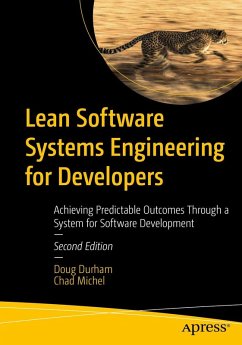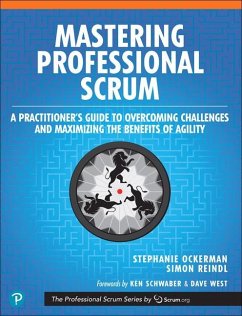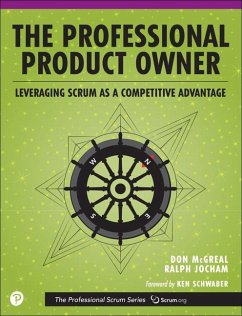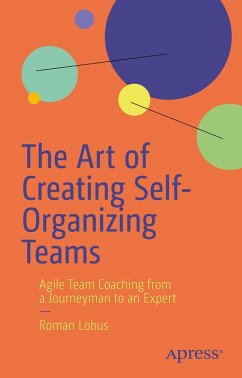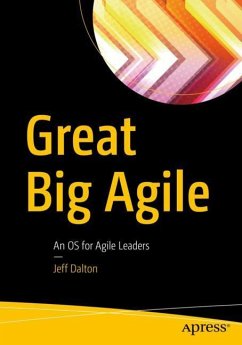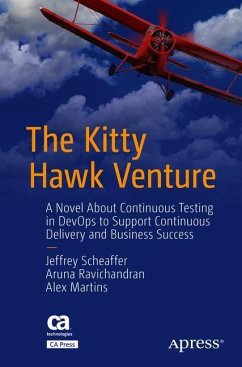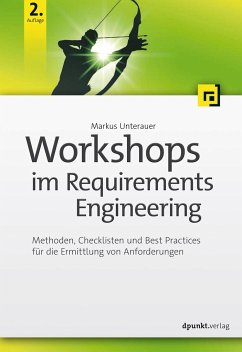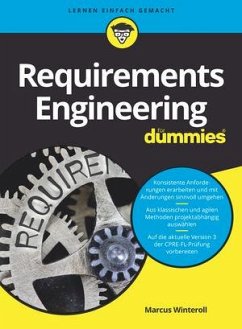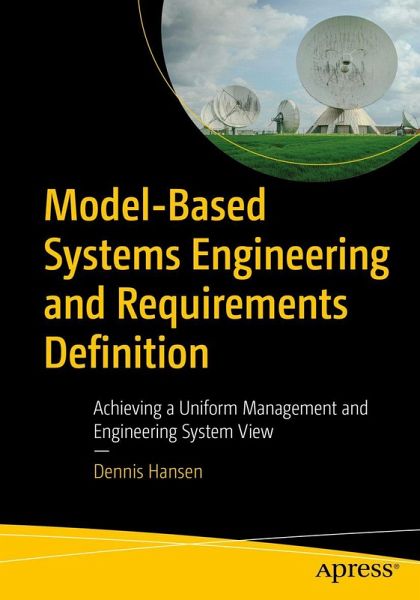
Model-Based Systems Engineering and Requirements Definition
Achieving a Uniform Management and Engineering System View
Versandkostenfrei!
Versandfertig in 6-10 Tagen
46,99 €
inkl. MwSt.

PAYBACK Punkte
23 °P sammeln!
Learn how to integrate model-based systems engineering (MBSE) with mission-driven requirements to create a connected framework that delivers reliable solutions designed with key objectives. This book uses real-world examples to demonstrate how clear requirements and smart modeling lead to systems that work better, cost less to fix, and meet their goals the first time.Author, Air Force veteran, and Chief Systems Engineer Dennis Hansen draws on 60 years of experience managing full system lifecycles across military, government, and private sectors. This foundation drives a practical approach to u...
Learn how to integrate model-based systems engineering (MBSE) with mission-driven requirements to create a connected framework that delivers reliable solutions designed with key objectives. This book uses real-world examples to demonstrate how clear requirements and smart modeling lead to systems that work better, cost less to fix, and meet their goals the first time.
Author, Air Force veteran, and Chief Systems Engineer Dennis Hansen draws on 60 years of experience managing full system lifecycles across military, government, and private sectors. This foundation drives a practical approach to understanding how design and operations drive engineering success. First, learn the end-user definition of the system function (i.e., the mission), before identifying capabilities needed to perform this function. The book then explains the transition from capabilities to activities and functional model views, and the associated requirement definitions. From there, you will learn how modeling can shift from architecture to SysML design views, continuing with both model and requirement definitions. Finally, you ll discover how models can be used to aid generation and refinement of test plans and procedures as the system evolves, and how these models support ongoing system sustainment and improvement.
Throughout, you ll encounter practical examples and diagrams to illustrate how to connect key concepts. This book fills a gap left by other books that treat requirements and models separately, showing how tying them to mission goals leads to better results. Practical guidance covers incorporating security early, using proven standards like NIST 800-53, and applying frameworks such as DoDAF or SysML. Additionally, each chapter includes a guide and Agile planning tips to help you apply these concepts step by step.
What You Will Learn:
Define the mission to establish a clear system purpose.Identify the capabilities needed to achieve the mission.Develop architecture and requirements that deliver these capabilities through detailed activitiesApply Agile scheduling to organize development activities.
Who This Book is for:
Author, Air Force veteran, and Chief Systems Engineer Dennis Hansen draws on 60 years of experience managing full system lifecycles across military, government, and private sectors. This foundation drives a practical approach to understanding how design and operations drive engineering success. First, learn the end-user definition of the system function (i.e., the mission), before identifying capabilities needed to perform this function. The book then explains the transition from capabilities to activities and functional model views, and the associated requirement definitions. From there, you will learn how modeling can shift from architecture to SysML design views, continuing with both model and requirement definitions. Finally, you ll discover how models can be used to aid generation and refinement of test plans and procedures as the system evolves, and how these models support ongoing system sustainment and improvement.
Throughout, you ll encounter practical examples and diagrams to illustrate how to connect key concepts. This book fills a gap left by other books that treat requirements and models separately, showing how tying them to mission goals leads to better results. Practical guidance covers incorporating security early, using proven standards like NIST 800-53, and applying frameworks such as DoDAF or SysML. Additionally, each chapter includes a guide and Agile planning tips to help you apply these concepts step by step.
What You Will Learn:
Define the mission to establish a clear system purpose.Identify the capabilities needed to achieve the mission.Develop architecture and requirements that deliver these capabilities through detailed activitiesApply Agile scheduling to organize development activities.
Who This Book is for:



